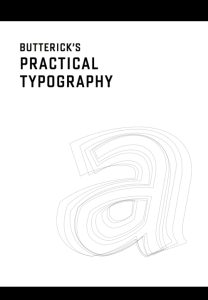“But as professional writers, we do more than write. We edit, we format, we print, we generate PDFs, we make web pages. More than ever, we’re responsible for delivering the written word to our readers. So we’re not just writers—we’re publishers.” (Butterick)
For this week’s blog prompt, I was amazed at the information in Butterick’s Practical Topography. Typography is very much a key component in everyday digital and print text. For this reason, I want to cover the key topics. “Good typography is part of good writing.” (Butterick) You cannot have one without the other. From type composition to text formatting and font choices, typography is a skill set that takes practice. For the multimodal project, typography is based entirely on both image and text. ASCII art is a typographical placement in strategic areas that cover different shadows within the picture.
Since “most readers are looking for reasons to stop reading,” (Butterick) the writer and publisher must make certain that typography holds the attention and makes reading easier. This involves less concentration on trying to understand mechanics and more focus on deep literacy. Eyes are more drawn to attractive designs which covers Butterick’s second law of typography, the law of judgement based on substance of material. For the multimodal project, beauty of design typography carries the character throughout the story and how he overcomes he/her fear of coding. The background ASCII is how our characters move through the environment. I am still exploring the use of animated ASCII and how the law of typography and design draws on the movements of the character.

Bookmarking this for later. Experience ary qtv — tilawat and religious talks. clear HD streams. recorded bayans, special series, live transmissions. clear HD streams.